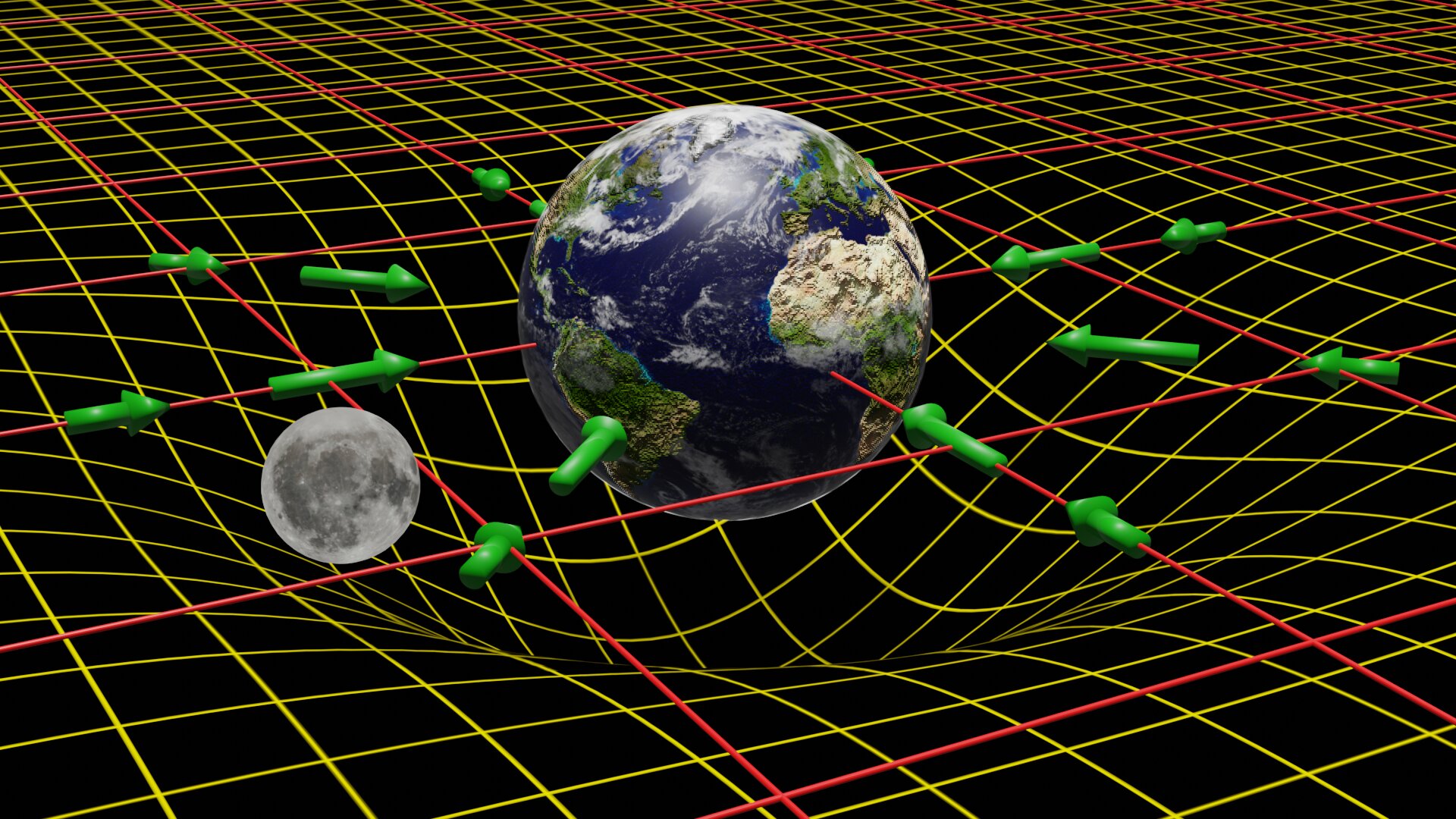Einstein's dream, quantum gravity, finally within reach? 💥
Follow us on Google News (click on ☆)
Physicists Mikko Partanen and Jukka Tulkki from Aalto University propose a new quantum approach to gravity. Their theory, published in Reports on Progress in Physics, fits within the framework of gauge theories, similar to those of the standard model.

The quantum gravity field is calculated in flat space-time. The classical curved metric is obtained from the average value of the quantum field.
Credit: Aalto University
This theory aims to resolve the incompatibility between general relativity and quantum mechanics. The researchers use a symmetry close to that of the standard model, rather than that of general relativity, to describe gravity.
The potential implications are vast, particularly for understanding black hole singularities and the Big Bang. The theory might also explain why the Universe contains more matter than antimatter.
The renormalization process, essential for eliminating infinities from calculations, isn't yet fully mastered. However, researchers remain optimistic about overcoming these technical obstacles in the coming years.
By publishing their work, Partanen and Tulkki invite the scientific community to participate in developing this theory. They hope their approach will inspire new research, just as quantum mechanics and relativity did in the past.
This theory represents another step toward a unified understanding of fundamental forces. It could ultimately revolutionize our vision of the Universe and its origins.
What is a gauge theory?
A gauge theory is a theoretical framework in physics that describes fundamental interactions between particles. It's based on the invariance of equations under certain transformations called gauge transformations.
In the standard model, electromagnetic, weak and strong forces are described by gauge theories. Each is associated with a particular type of symmetry and mediator particles, like photons for electromagnetism.
The difficulty with gravity is that it didn't seem to fit naturally into this framework. The new approach proposes a gauge symmetry for gravity, similar to other forces.
If validated, this approach could unify all fundamental forces within a single theoretical framework. This would represent a major advance in our understanding of the Universe.
Why is renormalization crucial in quantum physics?
Renormalization is a mathematical technique used to handle infinities that appear in quantum field theory calculations. It enables obtaining finite, predictive physical results.
In quantum gravity, renormalization is particularly challenging. Gravitational interactions are so weak that their quantum effects are difficult to observe and calculate.
Researchers must demonstrate that their theory remains renormalizable at all calculation orders. This is an essential condition for the theory to be considered viable and physically relevant.
If this condition is met, the theory could provide a coherent framework for studying extreme phenomena like black holes or the Universe's first moments. This would open new perspectives in cosmology and high-energy physics.